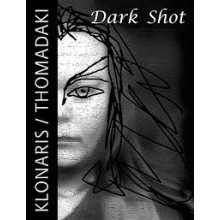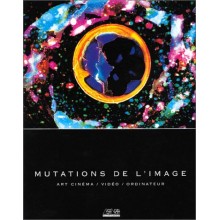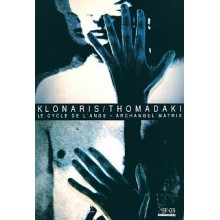Maria Klonaris
€30.00
(tax incl.)
Book on video and computer art by Maria Klonaris & Katerina Thomadaki
Out-of-StockSold out
€15.00
(tax incl.)
Catalog produced for the KLONARIS/THOMADAKI ARCHANGEL MATRIX exhibition




